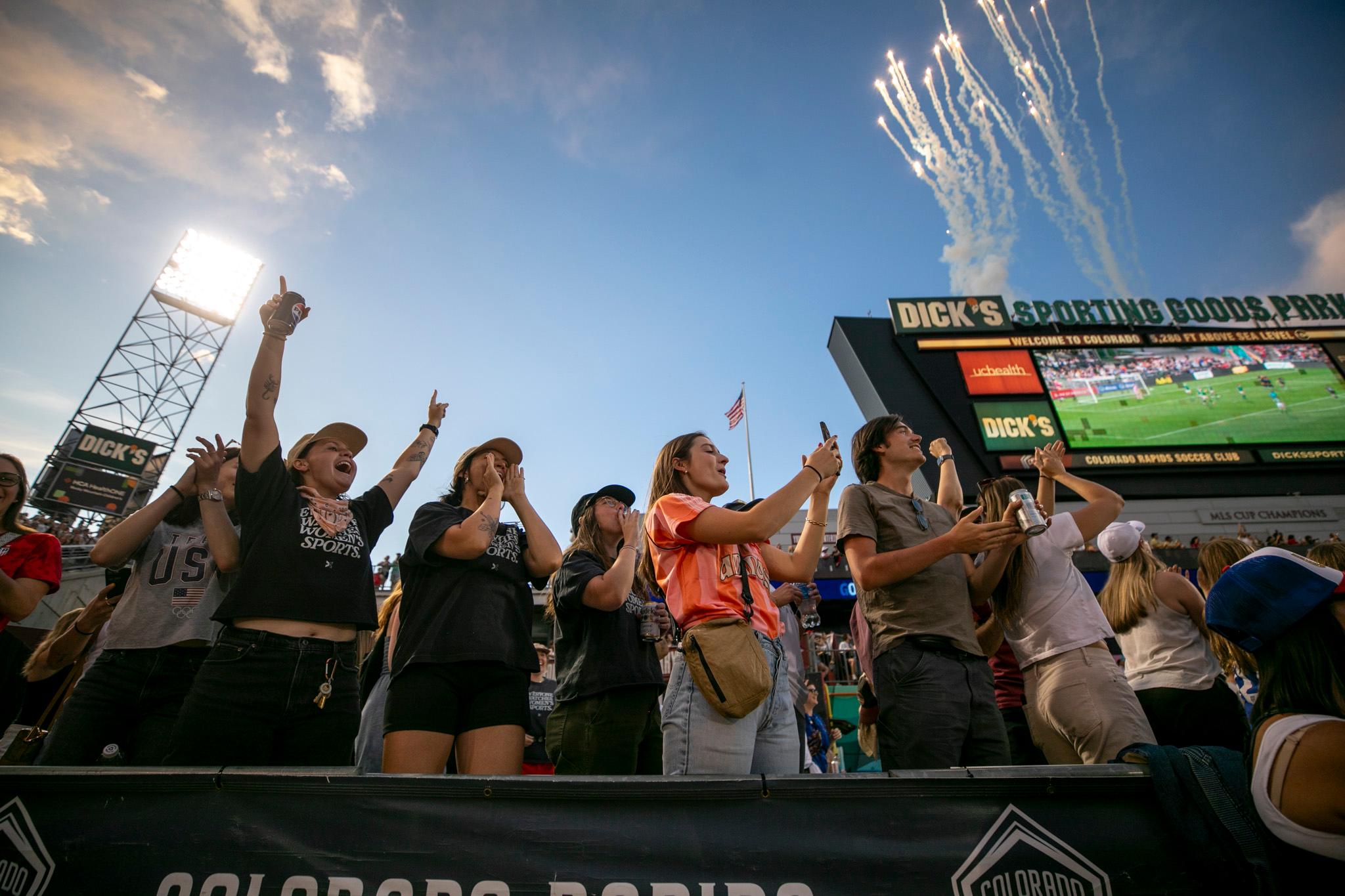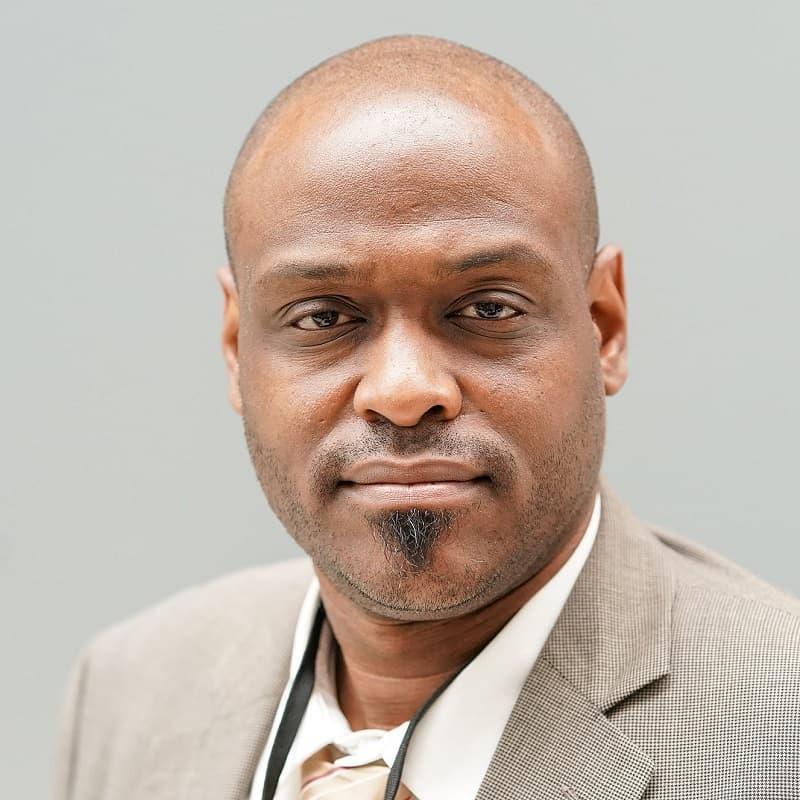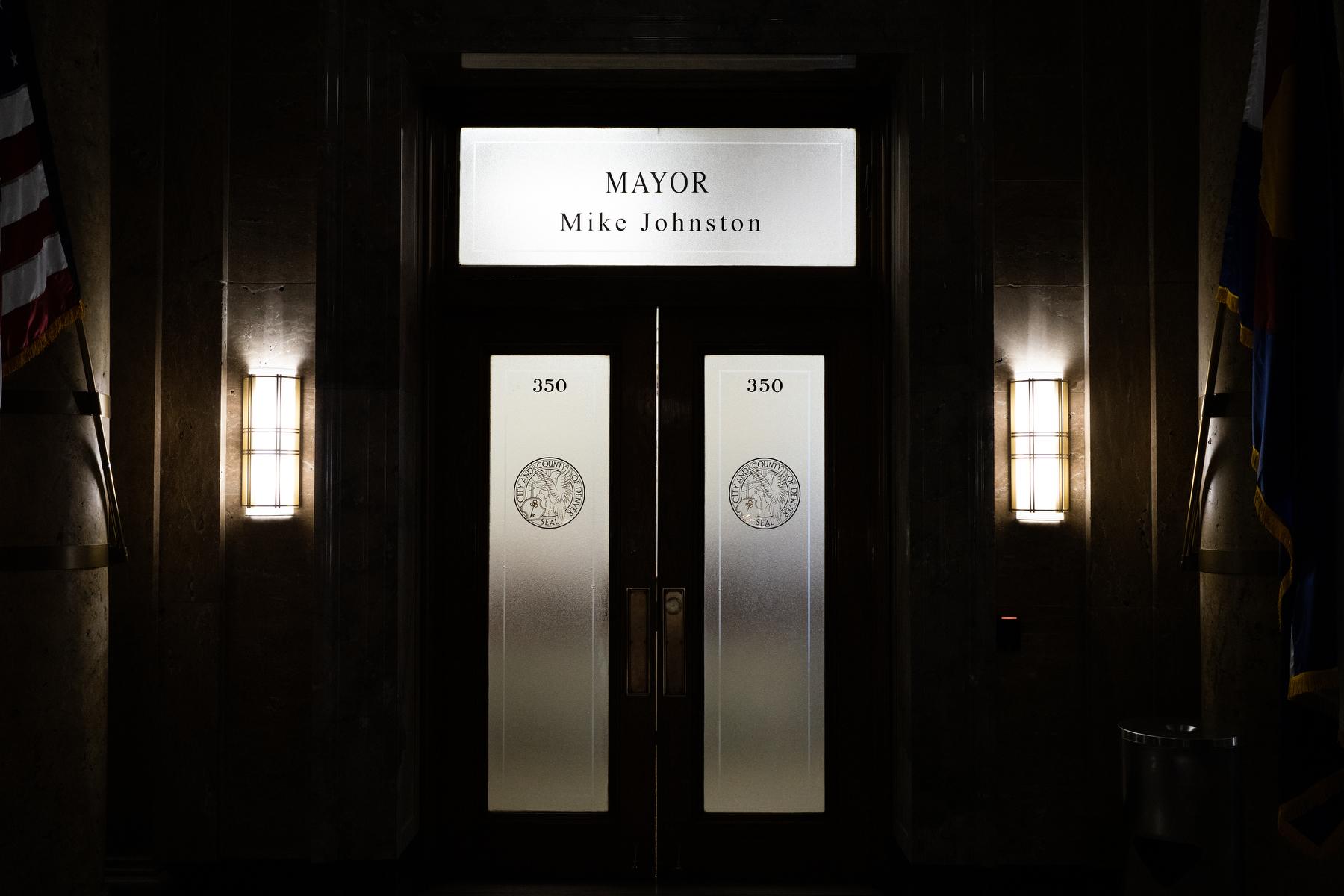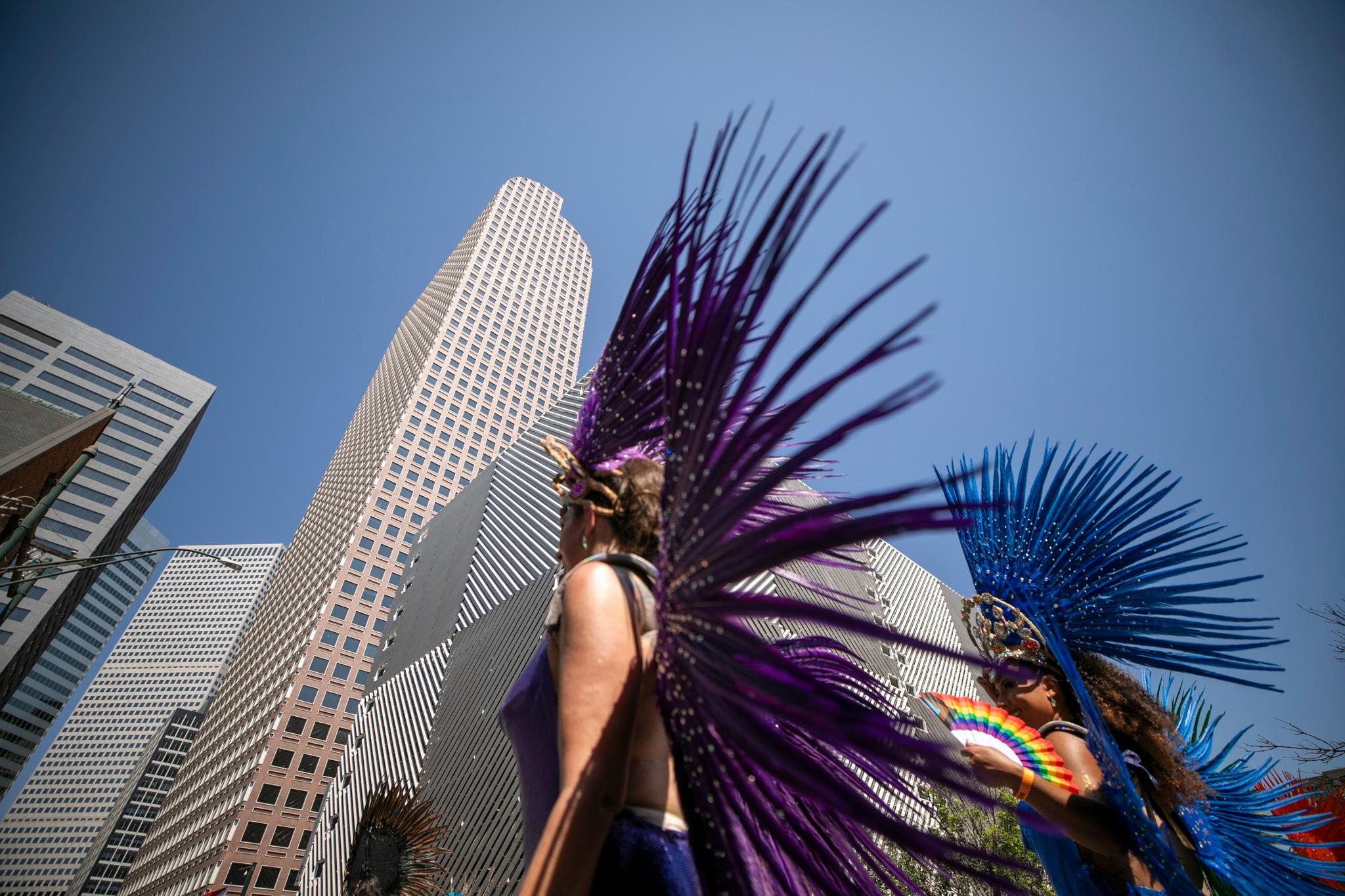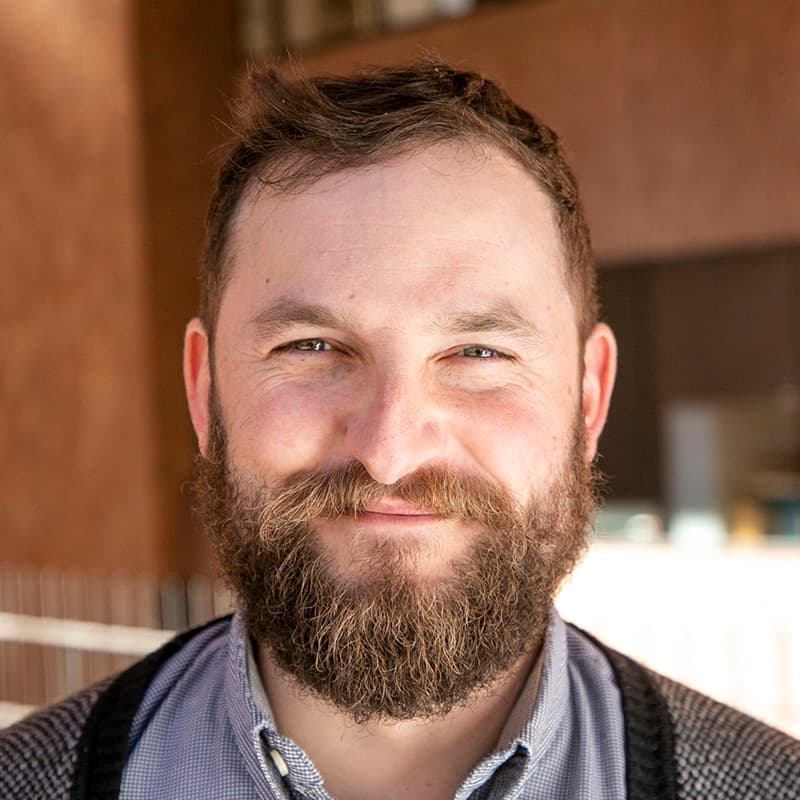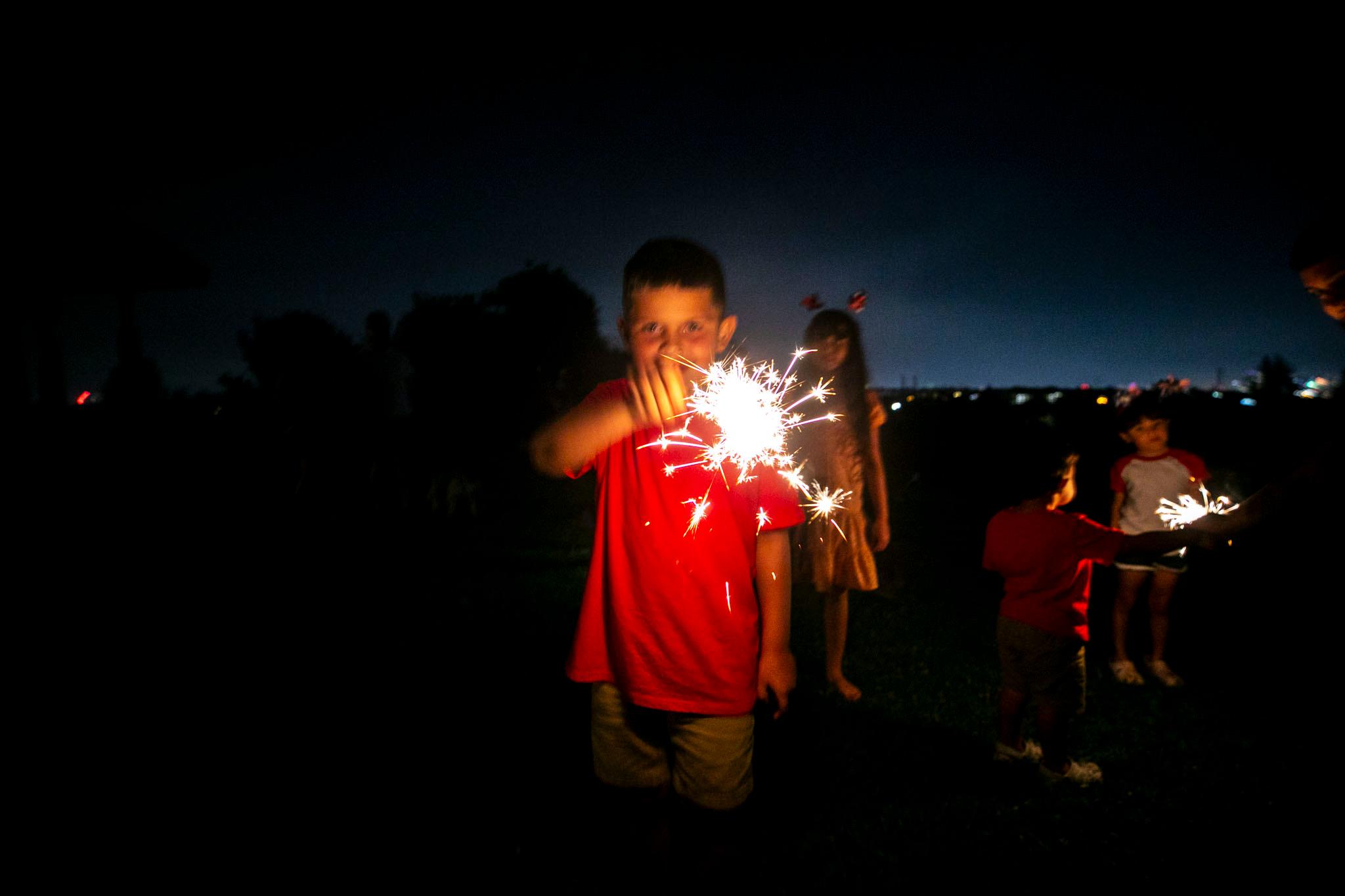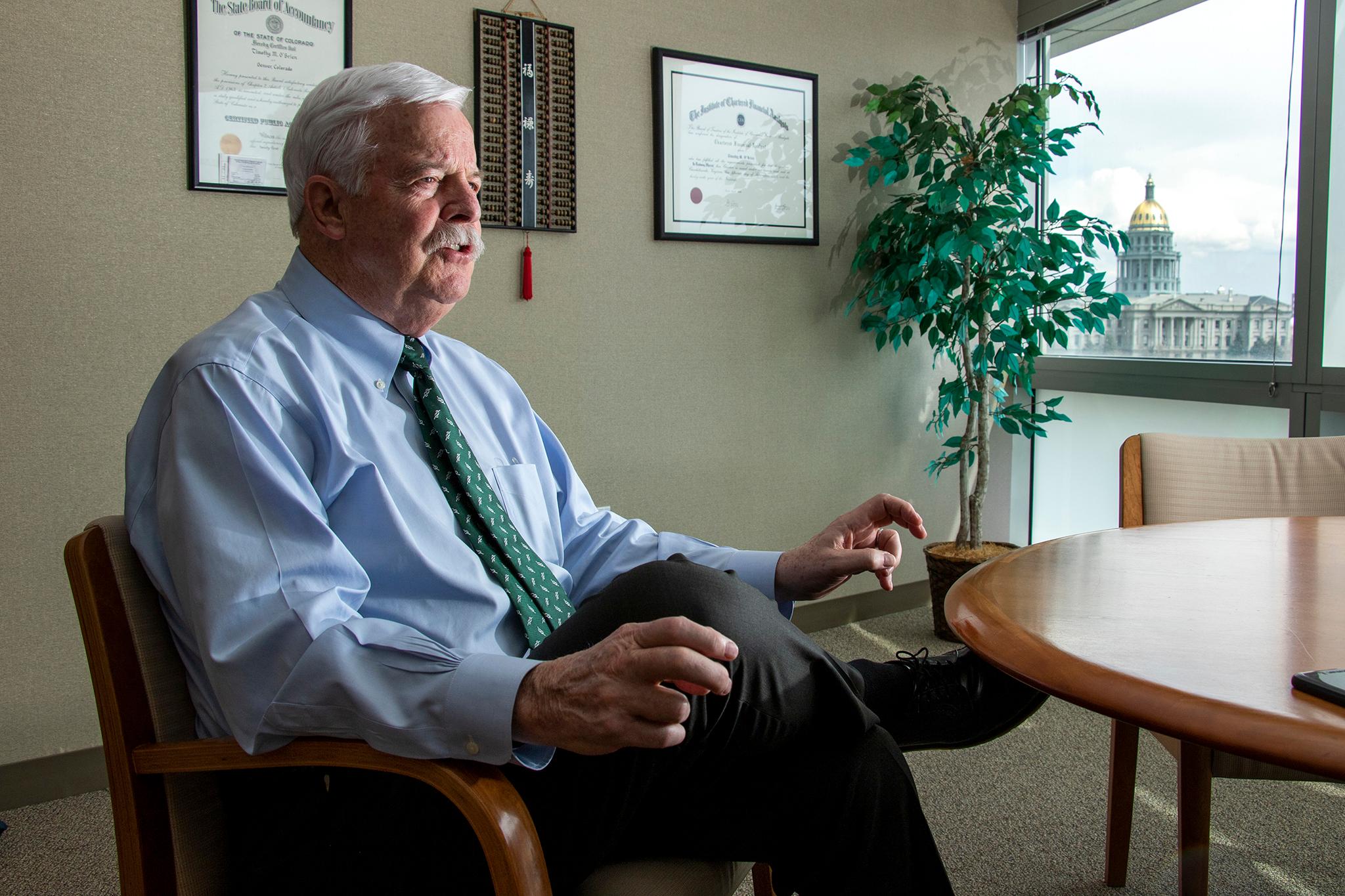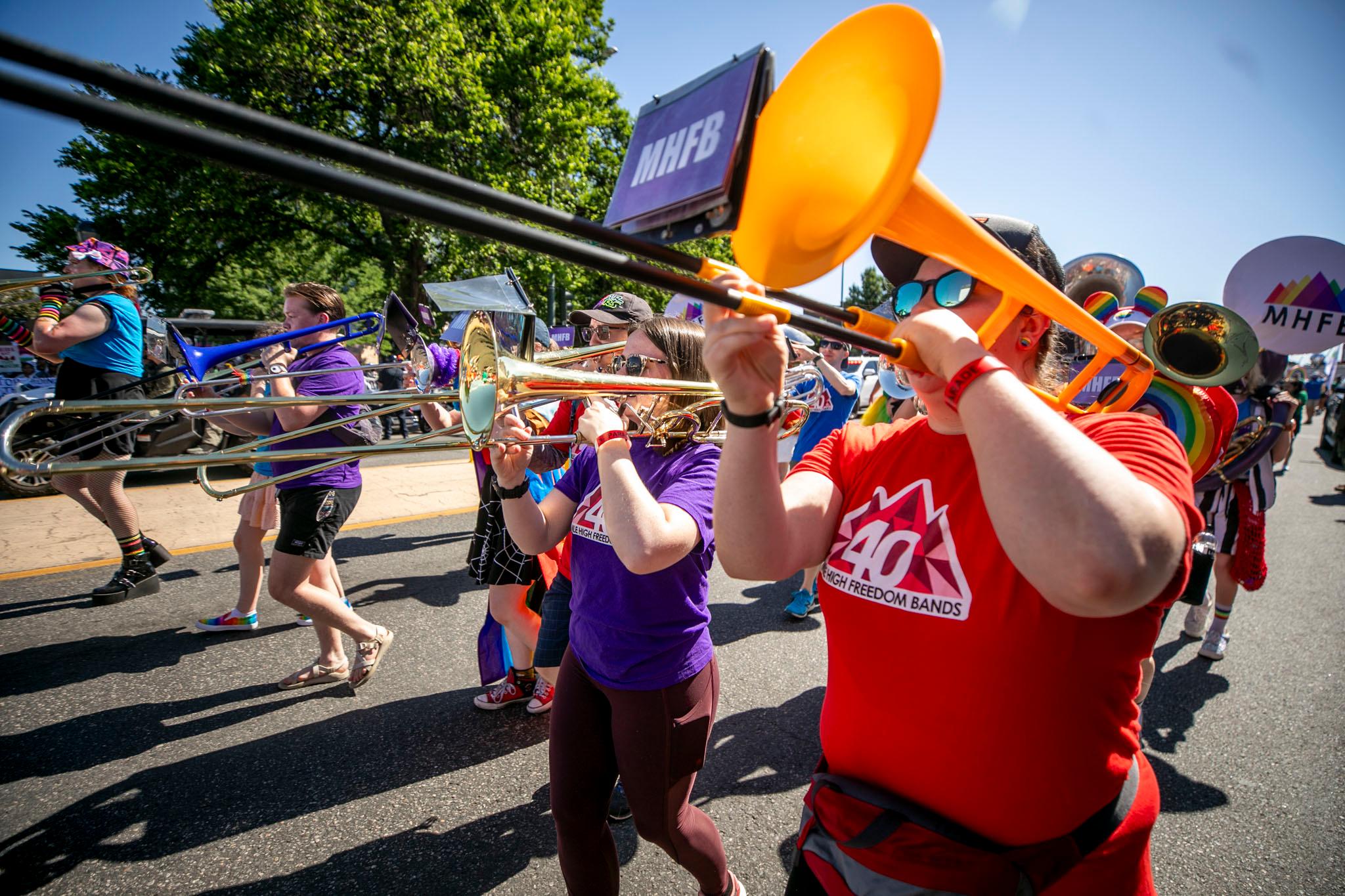We may have made this one too easy. Or maybe lots of you took that field trip to the Capitol in elementary school.

Because we had a lot of correct answers:
"House Chamber, Colorado State Capitol (from the Gallery)"
"House chambers, state capital"
"That is Barney Ford at the Colorado Capitol, isn't it?"
It IS Barney Ford at the State Capitol in the House Chamber from the Gallery!
And who was Barney Ford? Ford was an escaped slave who arrived in Colorado in 1860 having already lived a fairly eventful life. He became a prominent businessman and civil rights activist, and he was elected to the state legislature. But when he first arrived here in hopes of prospecting for gold, African-Americans were not even allowed to stake their own mining claims.

According to the Denver Public Library, Ford was born in 1822 in Virginia and escaped to Chicago via the Underground Railroad. His obituary says that his master actually sent him to Quincy, Illinois, on business, and Ford declined to return.
Ford had the gold bug and wanted to go to California to seek his fortune, but he had to go by ship, all the way around the tip of South America, because as a fugitive it wasn't safe to go by land. He never made it, instead settling for a time in a Nicaraguan port town where he ran a hotel. When the hotel burned, he returned to Chicago. He came to Colorado again in hopes of mining, but he was swindled by a dishonest lawyer who promised to stake the claim on his behalf.
Instead, he worked as a barber in Denver and attracted a prominent clientele. When his barber shop burned down (there were a lot of fires in those days, apparently), he was able to borrow money to build a new barbershop, hotel and restaurant. Those businesses were successful, and he eventually built an even grander hotel, the Inter Ocean, at 16th and Blake streets.
One of those buildings still stands today, 1514 Blake St., home to Hapa Sushi.



